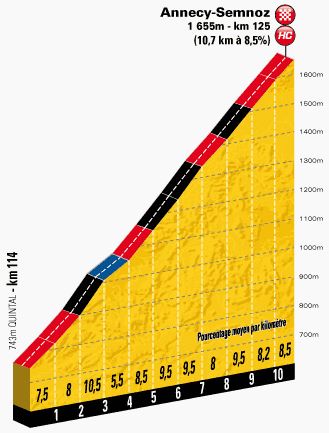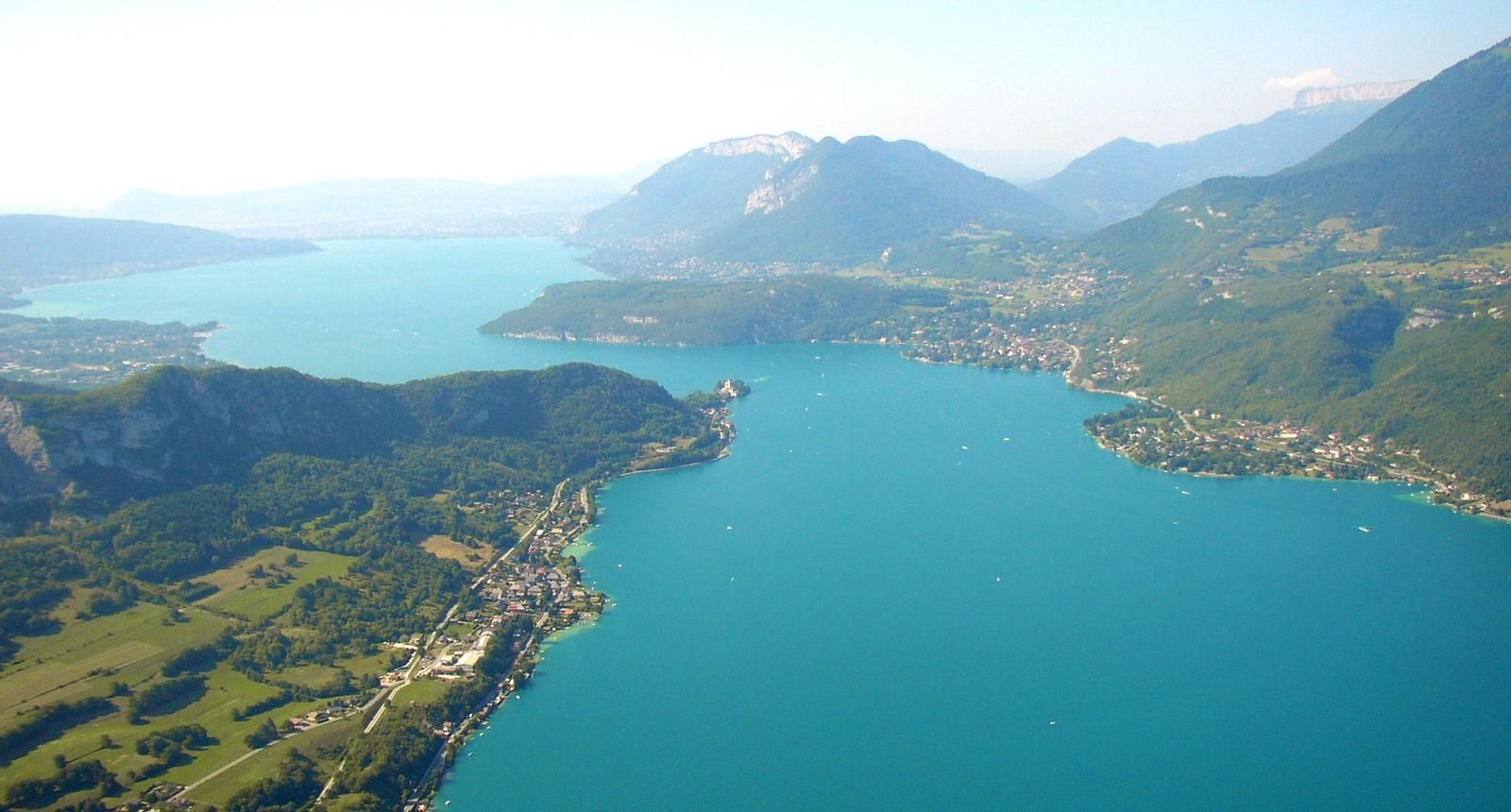- Feb 20, 2012
- 53,936
- 44,324
- 28,180
I think this Tour basically proves not that you don't put mountain stages in the first week, but that you don't put mountain stages in the first week where you have to attack from 10km out or more from the finish. Stage 4 really was fine as far as stage 4 MTFs go, although I'd nitpick and would prefer a steeper final km (ASO is reading this is and gonna go "PDBF c'est is then"). Mont Auigal or however you spell it would be fine with a harder stage overall later in the race. The 2nd nice stage either works as a late attacking, non GC stage or you have to have it after the main Alpine stages.Some rambling thoughts/ideas about parcours that I posted eighteen days ago:
Amongst all of the outrage of the first six stages of this years’ Tour De France, has been some enlightenment. We kind of learned something.
Merely reasonably hard mountain stages don’t make much of a difference during week one of a GT (or at least of the Tour).
What has been extra interesting about the lack of racing interest from these early mountain stages, is that they have been separated. Stage 2, 4, 6. There hasn’t been any obvious reason to hold back, given that each stage that followed was rather flat. We really shouldn’t blame the organisers too much for the bland outcome, as most of us were quite happy with this first week parcours when we first saw it. However, hopefully they learn from it for future editions.
It may sound like a crazy idea, but I think that’s only because it goes so much against tradition. My idea is that on the first Saturday and Sunday, on the first weekend, on stages ONE and TWO (not every year, but just on occasion) you ride into the PROPER high mountains.
I’m not talking PDBF (it deserves to be kept as 4 letters) here.
Either in the Alps or in the Pyrenees, you start with a MTF (HC or at least a genuine Cat 1), possibly only a single mountain stage; then stage 2 is a multi mountain, descent finish stage.
There are 21 days in a GT. The weekend stages should be emphasised more in terms of the spectacle. And the days before and after the rest days should be emphasised more in terms of the overall battle for the yellow jersey.
It is criminal that in this years’ Tour De France, that on stage 10, the stage after a rest day, after a full nine days of racing; on the first stage that actually changes it from just a stage race to a grand tour….
Well, look at that course design.
And then look at stage 11….
Basically the first two stages where you might be able to really separate the grand tour riders from the stage race ones, and you give us that.
Stages 10 & 11 are the biggest disappointment in this route. Relying solely on Mother Nature to provide the opportunity for any GC action.
As we have seen in some Vuelta’s, you don’t necessarily need the highest and hardest mountains in week three to produce great racing. Yet for the most part, we see ridiculously back ended GT’s (yes, the Giro is even as much to blame for this as the Tour). The hardest mountains, for the most part, would be better placed in week two.
The stages that I would be looking to highlight are stages 1, 2, 8, 9, 10, 14, 15, 16, 20, 21. At least roughly those. That’s 10 stages; probably too many genuine GC stages, but you get the idea. Anyway, stage 21 (if we keep to tradition) is cancelled out anyway. I like the idea of stage 20 being a fairly big stage (ITT or mountain stage), but it shouldn’t be the hardest mountain stage of the race, and the days before it don’t need to be obviously decisive either. Maybe 2 out of 3 stages from 17-19 could be ambush type potential. But mostly they are stages that don’t discourage riders from attacking earlier in the race.
In many editions stages 8-10 and 14-16 would be in the two main mountain ranges (but in some editions the vosges, massif central, jura can be showcased). The template of hard MTF followed by descent finish works here, because even if the third stage in this mountain chain is a MTF, it shouldn’t detract from racing hard on the second stage, because the rest day comes between them.
Anyway, at least one of the first two stages of the Tour De France should either guarantee time gaps, or viewer entertainment, or both. So the somewhat forgotten prologue is obviously something that should be used regularly. Or you could just have a longer ITT. Occasionally you ride on the cobbles (I am not personally a big fan of this to decide the GC, but it does almost inevitably provide some entertainment and time gaps). Maybe on stage 1 or 2 the Tour could get really inventive, and have a stage that is like a mini LBL/Lombardia, say 220 kms long and with hills galore.
This is all only if they don’t start with my proper high mountains double shot.
Which may actually reduce our need to drink.
That’s it really. As many of 4 out of the 5 stages from 3-7 could be fairly sprinter friendly (with a hilltop finish in amongst it). If there are already significant time gaps then crashes may not be so much of an issue.
Outside of the course itself, as many have suggested, reduction of riders per team is obviously a potential way to make racing less controlled. To me, 6 sounds like a sensible number (and I’d keep the same number of teams, as less total number of riders in the race might lead to less chaotic mass crashes).
The other thing that I would consider, is giving serious time bonuses at the finish line. 30, 20, 10 maybe (and then even 6, 4, 3, 2, 1….though that could mean more crashes in a battle for positions). Think about it; a sprinter who gains an additional three minutes still isn’t going to be any sort of a threat for the yellow jersey, but it would give a genuine incentive for Roglic types to try to win as many winnable mountainous stages as possible. He could gain more than two minutes in bonuses, and make up for one bad day in the high mountains. And each stage in itself would be taken more seriously by the peloton (even those that finish at Mont Aigoual).
My main issue with MTFs is becoming not just the stages themselves, but how they affect the full 3 weeks of racing. Put in the biggeset climbs as MTFs on stage 15/17 and you guarantee nobody is really wanting to light it up in the first 2 weeks unless *** gets crazy steep. To make matters worse they used climbs where it was basically guaranteed nothing would happen until the very end (GC should normally really be hit or miss). So they centre the main GC action around the final few kms of a few stages (oMg gUaRaNteEd aCtIoN). To add insult to injury, those big MTF stages were also the biggeset mountain stages overall which is just horror show design.
And I really agree backloading is a massive issue. The Giro's where they had the main MTFs relatively early or didn't even have super steep MTFs at all, have been by far the best in recent memories. This Tour would have been so much better if they had put the MTFs in the Pyrenees and the descent finishes in the Alps.
Also, I think the bonus seconds on non MTFs climbs have absolutely failed as an experiment. I think it only makes riders more reluctant to attack and more preoccupied with not getting countered and losing out on the bonus seconds, like on the Marie Blanque. It really encourages low risk, some reward tactics. As for ITTs, just have two of them IMO. 1, especially towards the end of the race is just way too much backloading, especially if it's an MTT.
Col de la Loze was 15 minutes of action. If you make it a Madeleine descent finish you get a lot more IMO. Alpe d'Huez is a great climb if there is a strong team that wants to destroy the bottom, otherwise it's actually pretty average. I really dislike the valley before, and I especially dislike the tendency to be the queen stage or final mountain stage. The quality of the racing on AdH stages has been super highly circumstantial, and especially 2015 stage design completely nerfed the potential (shoutout to the sh*teness of the Croix de Fer).MTF's are fine. A little bit like dessert, you can't over do them, and you need to enjoy them at the right time.
Loze was pretty good this year (though I'm concerned that they've totally fallen in love with it, and may bring it back immediately in 2021), but it made stage 16 a total waste of time. Stage 6 was slightly too early I think and/or it needed a TT before it to create gaps to make attacks on it more likely. Stage 13 was at least good, and stage 15 was a bit disappointing, but has a bit to do with the strength of one team (though I know you also like using GC as a pass).
Does anyone know yet if the Alps will be before the Pyrenees? I feel like you can get a better race that way, as overall the Alps are usually a little harder, so doing it this way makes the route less likely to be backloaded. And if you are going to have ADH, I like having it as the first big mountain stage; stage 8 would be perfect, than a mountain descent finish the next day to lead into the first rest day.
ADH, whilst incredibly overused, is still one of the best possible finishing climbs (the climb itself, not how it links with other climbs, too much valley), because it is hard, but not too hard. It is hard enough throughout its entirely to encourage attacks, but never too steep to discourage those attacks either. The prestige of the climb also makes it better to not have too late in the race, so that riders aren't holding back for it. Even when the Alps followed the Pyrenees in 2006 for example, ADH was used perfectly; the first stage of three mountain stages. Even though the next two stages were also brutal, nobody held back on that first stage, partly because of the prestige, partly because it is actually a good climb to race on.
IMO, the Pyrenees have less varied potential, especially for monster climbs, but I would be happy if they used the big climbs well there. Tourmalet I just want to see as descent finish, especially from the east side. Col de Portet finish in the 2nd week. Nuke Peyragudes. PSM or lesser passes there can be a fixture as well IMO. Paillheres with Ax-Les-Thermes finish. Etc. I'm completely over the stereotypical wasted Pyrenees stage with just Peyresourde + Hourquette + 20km of false flat or Portillon descent finish or that sort of weak stuff that's a breakaway stage 110% of the time.
For the Alps, once again just use your massive climbs better. Dislike big MTFs on queen stages. Don't need Izoard before Granon and ***.
Ventoux is fine as a MTF, but once again I wouldn't mind seeing it used as a pass, either straight descent finish or some rolling terrain after, as long as it's not the day before an ITT or some ***.
Central Massif is the only place where I'd use more MTFs than non MTF stages generally.









